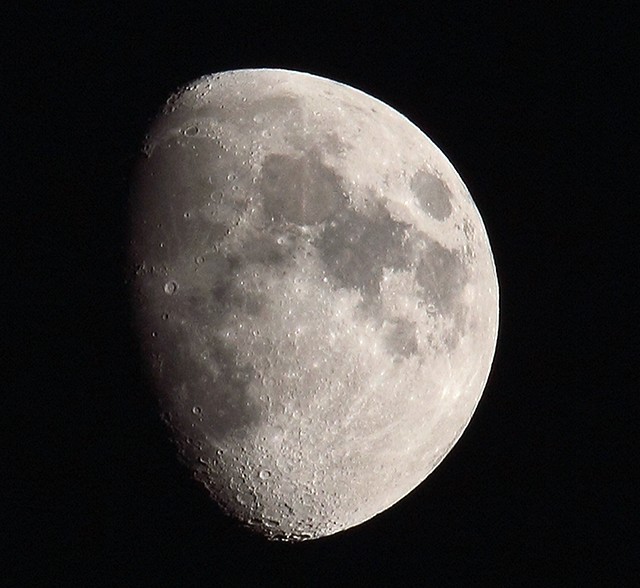- Messages
- 546
- Name
- John
- Edit My Images
- No
Hi all,
I think a couple of nights ago I watched an episode of BBC Click, and there was a photographer there taking photographs of the moon and teaching watchers how to do it.
He said something on the lines of "Use an aperture of about f/4".
My question is, surely it would be better to use a low aperture (high number) such as f16.
Does anyone have any idea's what benefits you get of using a high aperture (low number) such as f4 when shooting something such as the moon?
Thanks!
I think a couple of nights ago I watched an episode of BBC Click, and there was a photographer there taking photographs of the moon and teaching watchers how to do it.
He said something on the lines of "Use an aperture of about f/4".
My question is, surely it would be better to use a low aperture (high number) such as f16.
Does anyone have any idea's what benefits you get of using a high aperture (low number) such as f4 when shooting something such as the moon?
Thanks!


